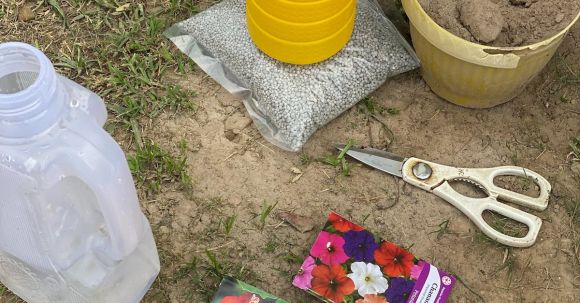Creating a beautiful garden can be a rewarding and fulfilling experience. Whether you have a small balcony or a spacious backyard, designing a garden that reflects your personal style and provides a tranquil space to relax and unwind is achievable. If you are new to gardening, here are some tips and ideas to help you get started on your garden design journey.
Understanding Your Space
Before diving into the world of plants and decorations, it is essential to understand your garden space. Consider the size, shape, and orientation of your garden. Take note of any existing features such as trees, fences, or structures that may impact your design choices. Understanding your space will help you make informed decisions when selecting plants and layout options.
Creating a Theme
Having a theme for your garden can provide a cohesive and harmonious look. It could be a specific color scheme, such as a vibrant and tropical garden with bold reds and yellows, or a serene and minimalist garden with shades of green and white. Choosing a theme will help guide your plant and decor choices, allowing you to create a garden that feels unified and visually appealing.
Considering Maintenance
As a beginner, it is important to consider the level of maintenance your garden requires. Some plants may need regular pruning, watering, or fertilizing, while others are more low-maintenance and can thrive with minimal care. Be realistic about the amount of time and effort you are willing to invest in your garden, and select plants accordingly. Starting with low-maintenance options will help you build confidence and enjoy the process of gardening.
Layout and Structure
The layout and structure of your garden are crucial elements of its design. Consider the different areas you want to include, such as seating areas, pathways, or a vegetable patch. Plan the placement of these elements to maximize functionality and aesthetics. For example, seating areas should be positioned to take advantage of the best views or areas with natural shade. Pathways should be wide enough for easy navigation and can be made from various materials like gravel, stepping stones, or pavers.
Choosing the Right Plants
Selecting the right plants for your garden can be overwhelming, given the vast variety available. Start by considering the growing conditions of your garden, such as sunlight exposure and soil type. This will help you choose plants that are suitable for your specific environment. Research the care requirements and growth habits of different plants before making your selections. Consider a mix of perennials, annuals, and shrubs to provide year-round interest and variety in your garden.
Adding Decorative Elements
To enhance the visual appeal of your garden, consider adding decorative elements such as garden sculptures, water features, or outdoor lighting. These elements can add personality and create focal points within your garden. However, be mindful not to overcrowd your space. Select a few well-chosen pieces that complement your garden’s theme and style.
Conclusion: Enjoy the Process
Designing a garden is a creative and evolving process. As a beginner, it is important to remember that gardening is a journey, and your garden will grow and change over time. Embrace the learning experience, experiment with different plants and design ideas, and most importantly, enjoy the process of creating a beautiful and personalized outdoor space. With these tips and ideas, you are well on your way to becoming a confident garden designer.





